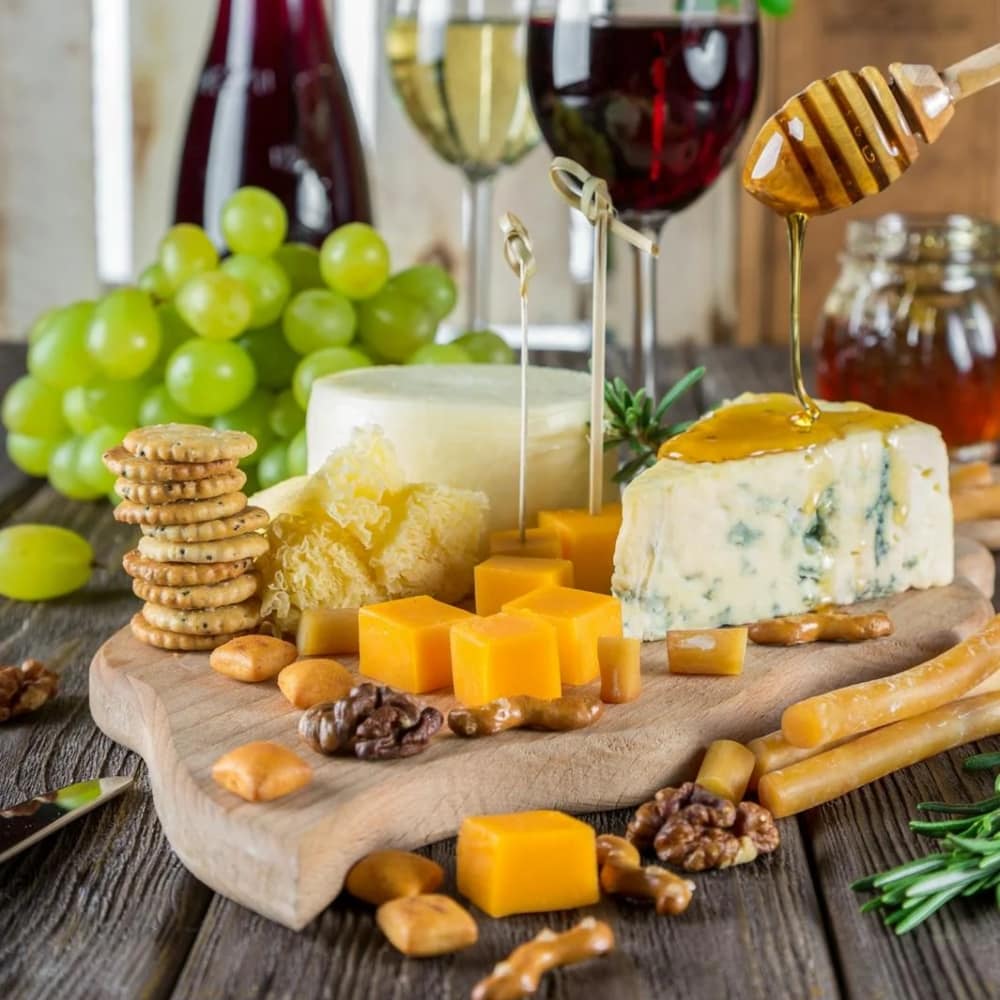Understanding Cheese Basics
When it comes to discussing cheese like a connoisseur, understanding the basics is key. Start by familiarizing yourself with the different types of cheese, including fresh, soft-ripened, semi-soft, semi-hard, and hard cheeses. Each type has its own unique characteristics in terms of flavor, texture, and aroma.

Fresh cheeses, such as mozzarella and goat cheese, are creamy and mild, with a high moisture content. Soft-ripened cheeses, like brie and camembert, have a soft, edible rind and a creamy interior. Semi-soft cheeses, such as havarti and gouda, are smooth and buttery, while semi-hard cheeses like cheddar and gruyere are firmer and more flavorful. Hard cheeses, such as parmesan and aged cheddar, are dense and crumbly, with intense flavors.
Describing Cheese Flavor Profiles
When discussing cheese, it’s important to be able to describe its flavor profile accurately. Use terms like “nutty,” “earthy,” “sharp,” “creamy,” “tangy,” and “pungent” to describe the taste and aroma of different cheeses. Pay attention to the nuances of each cheese, noting any hints of fruit, herbs, or spices in the flavor profile.
For example, a creamy brie might be described as “rich and buttery, with a subtle hint of mushroom,” while a tangy blue cheese might be described as “bold and assertive, with a sharp, salty finish.” Experiment with different cheeses to develop your palate and expand your vocabulary for describing cheese flavors.
Pairing Cheese with Accompaniments
Finally, when discussing cheese, it’s important to consider how it pairs with other foods and beverages. Experiment with different cheese pairings to discover combinations that complement and enhance each other’s flavors. For example, pair creamy, mild cheeses with crisp apples or pears, tangy goat cheese with honey or fig jam, and sharp cheddar with a full-bodied red wine.

Consider the texture and intensity of both the cheese and its accompaniments when creating pairings. Balance creamy cheeses with crunchy crackers or crusty bread, and bold, flavorful cheeses with milder, more subtle accompaniments. By paying attention to flavor profiles and experimenting with pairings, you’ll be able to discuss cheese like a true aficionado and impress your friends with your cheese knowledge.